A sumptuous eighteenth-century mans ion now at the center of a vast agricultural estate, transformed into a sumptuous resort: this is Palace of Varignana, a residence that stands in the hills of Bologna, not far from Castel San Pietro Terme, in Varignana. A thirty-hectare estate with views of the rolling hills of Emilia that have inspired generations of artists at least since the Renaissance, large parks and expanses of greenery, and, at its center, the ancient manor house, dating from 1705 and formerly known as Palazzo Bargellini Bentivoglio: the building was in fact commissioned to architect Francesco Angiolini (Bologna, 1680 - c. 1745) by Count Orazio Bargellini, after which it became the residence of Count Antonio Bentivoglio in 1794. Today it represents the heart of the resort’s receptivity, with 134 rooms of various sizes.
The contemporary history of the complex, which is of considerable historical interest (so much so that the building appears in the Ministry of Culture’s catalog), began in 2005, when entrepreneur Carlo Gherardi first visited the village of Varignana and became so fascinated by it that he decided on a substantial investment to restore the palace and turn it into a resort. “I think business travel and tourism are one of the main activities that bring people together, exchanging their experiences, culture, lifestyle, food and traditions... and a hotel represents one of the most important meeting points,” Gherardi says. “Also, particularly in America, there is a custom: if a person has been fortunate in their existence, at some point they want to do something that brings the results of a lifetime of work where their roots are, to leave a legacy for the future. I wanted to realize it in Bologna, in the hills of Varignana, to which I have become increasingly attached over time, bringing value, work, attractiveness, works of art and artifacts from my travels. In 2005, I decided to restore Palazzo Bargellini Bentivoglio, a country castle, precisely to pay homage to a beautiful land, with wonderful hills and rich in memory preserved over the millennia, starting from ancient Rome with its Via Emilia and with its hills where olive trees as well as vines were cultivated at the time. It is also here, then, that lies the meaning of the rebirth of Palace of Varignana, a project that speaks of recovery and regeneration.”
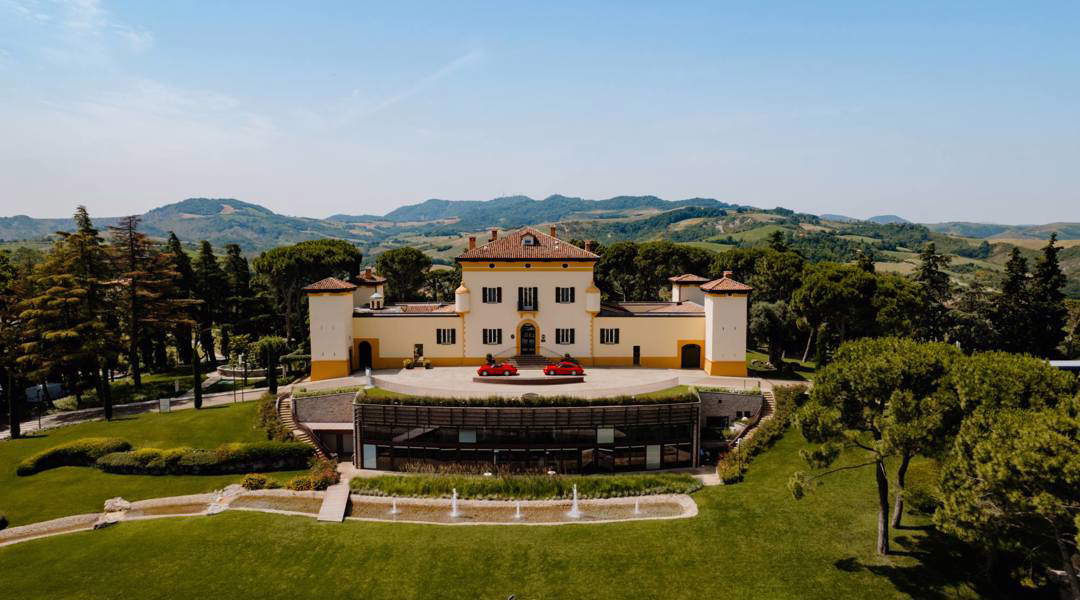
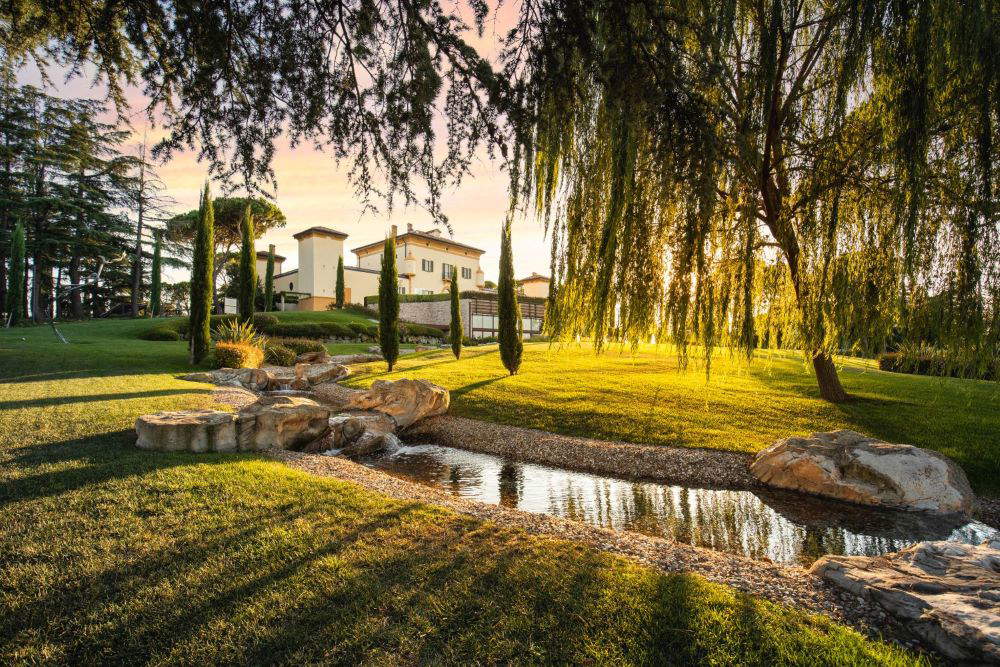
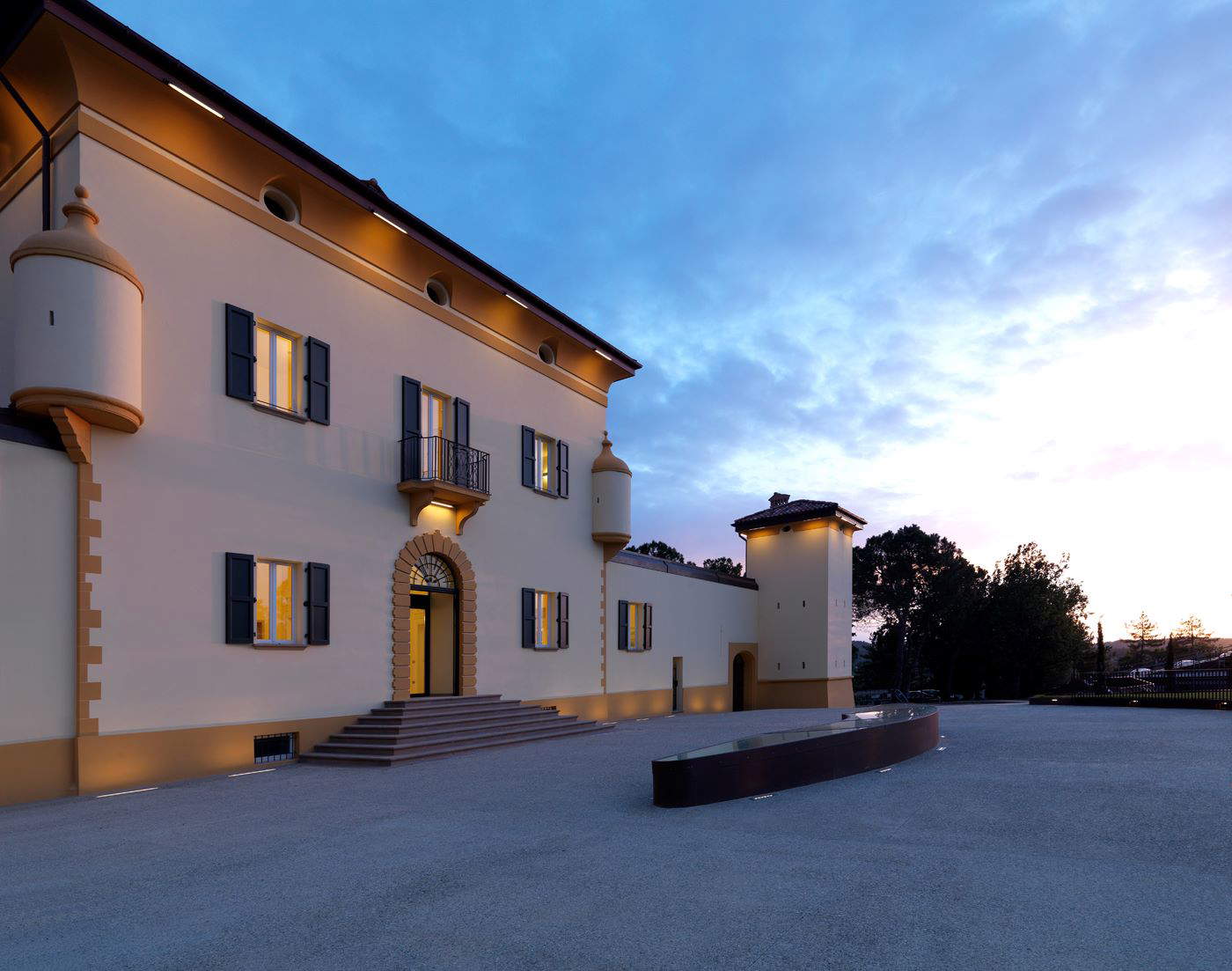
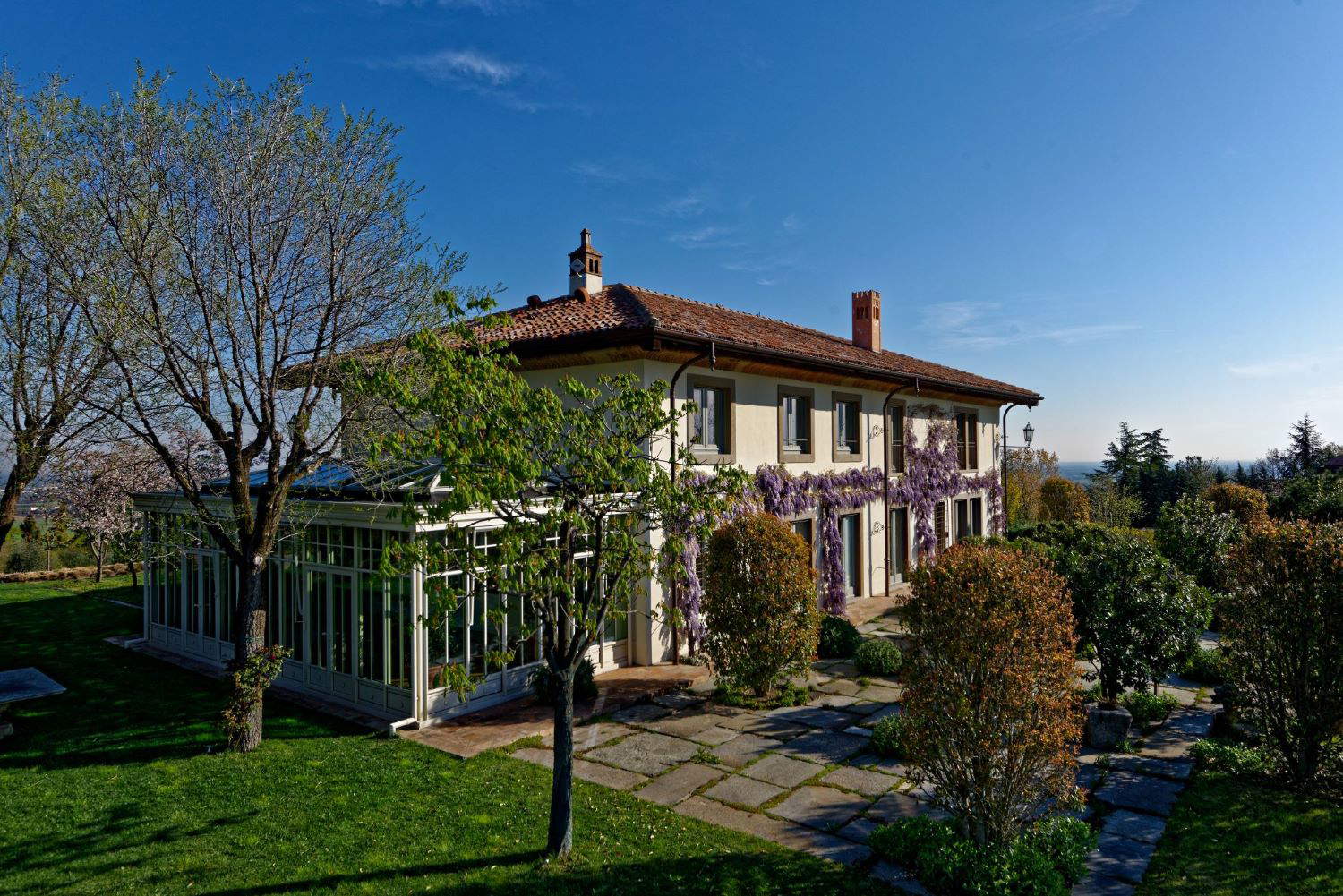
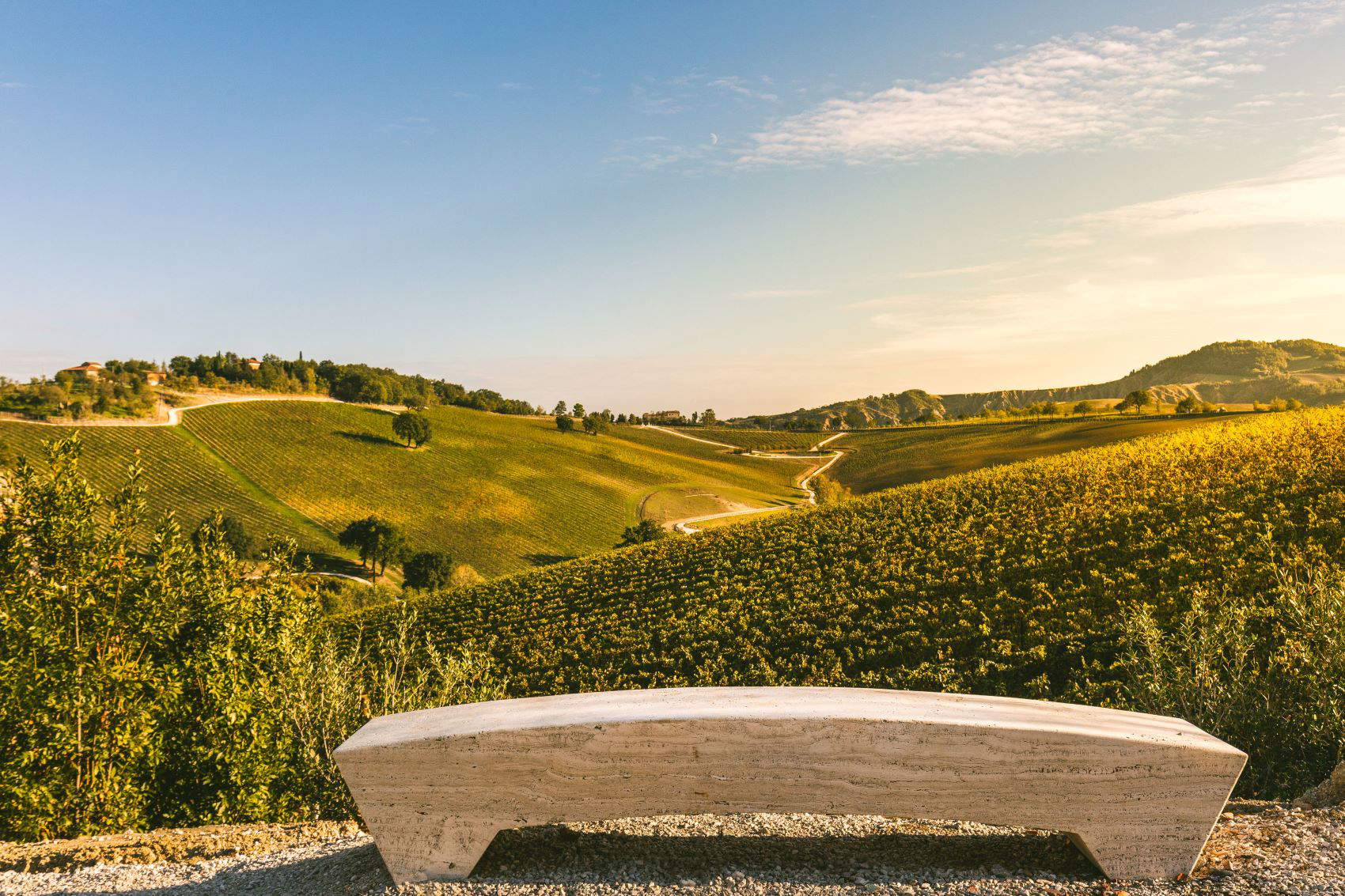

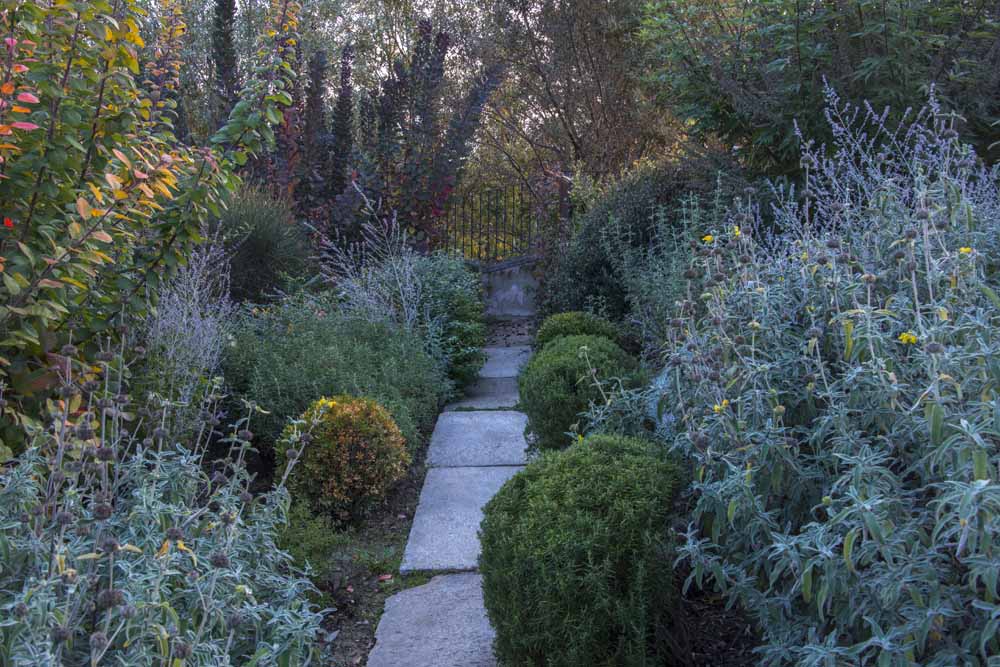
Following the recovery of the palace, a vast operation was then undertaken to arrange the park surrounding Villa Amagioia, an elegant mansion purchased in 2008 by Gherardi and included in the estate: this is how, in the same year, the story of the ornamental garden began, which since 2015 has been part of the “Grandi Giardini Italiani” network. It is a garden worthy of an ancient palace: it occupies an area of three hectares and was designed by botanist and landscape architect Antonio Perazzi (Milan, 1969), who imagined the palace’s park in an area where previously there were only fields. Panoramic terraces to enjoy the view of the Bolognese hills, fountains with water features, pergolas, pathways, thematic rooms dedicated to particular plants (e.g., roses, cherry trees, dogwoods), a park that also has educational purposes since the plant essences are accompanied by captions. There is also a “collection” of oaks that includes a hundred specimens of 76 different species, and five centuries-old olive trees from southern Italy. There is no shortage of thegarden garden, which stands alongside the Rio Rosso farm: a network of paths dedicated to shrubs and fruit trees, many of them of the unusual or exotic variety. And of course it could not miss a labyrinth, which in honor of the entrepreneur who renovated the complex is called "Labyrinth Carlico."
The design of the labyrinth was owed to landscape architect Sandro Ricci, who was given the task of uniting the ornamental garden with the twenty-hectare park, which extends beyond the pergola of apple trees and roses that enclosed the garden. To connect the two green spaces, Ricci proposes a labyrinth, which he manages to design in just 48 hours: a structure with corridors that are arranged in an irregular pattern, but which is harmoniously connected with the rest of the ornamental garden, since the aim of the project was to insert the new element into an already accomplished, sober and delicate context. The result is thus a labyrinth that fits well into the context of the garden and finds its originality in the overlapping of the hedges that form the corridors with the orchard that previously stood on the space where the labyrinth arose. The design of the maze incorporates the pre-existing fruit trees, which are therefore not relocated elsewhere, but left exactly where they are (it is Ricci therefore who creates the labyrinth by following the existing).
Trees of pears, almonds and persimmons to which is superimposed a hedge of thin ilatro (phillyrea angustifolia of the oleaceae), an evergreen plant typical of the Tyrrhenian coasts and, more generally, of the Mediterranean maquis, with leaves similar to those of the olive tree, but from which it differs in its bushy habit, which makes it a plant particularly suitable for cultivation in hedges. The ilatro was chosen by Ricci to the exclusion of some essences typical of labyrinths: hornbeam no, because he opted for an evergreen plant. Boxwood no, because they wanted to avoid the risk of the boxwood borer, a lepidopteran that feeds on this essence. Yew no, because of its tendency to grow slowly. The ilatro was then also chosen for its ease of maintenance (it is in fact a plant that, living in low rainfall environments, does not need much water), and for its robustness, as well as for its aesthetic appeal.


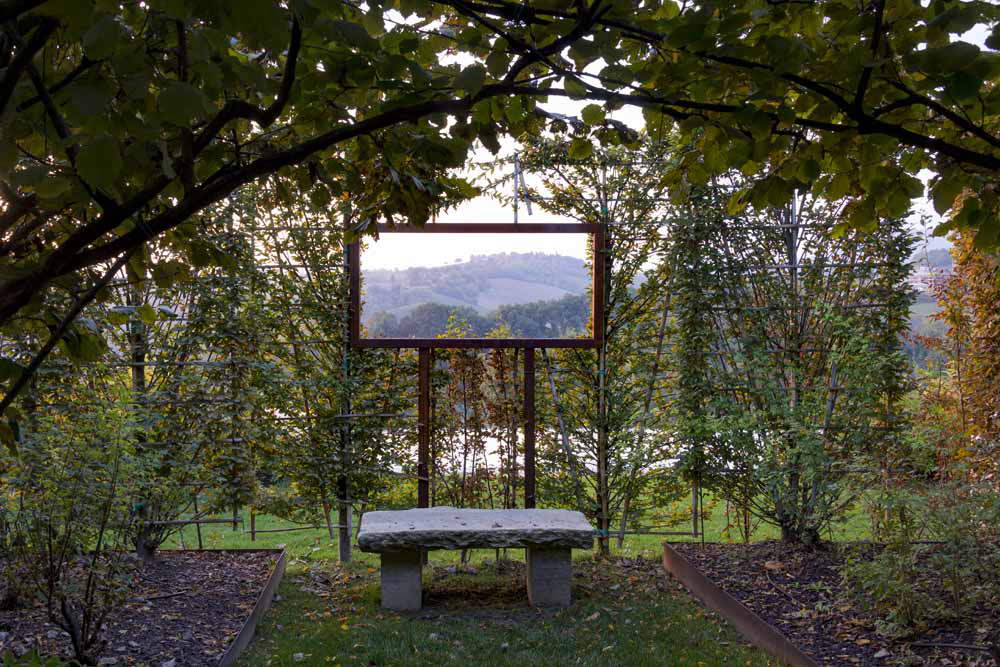
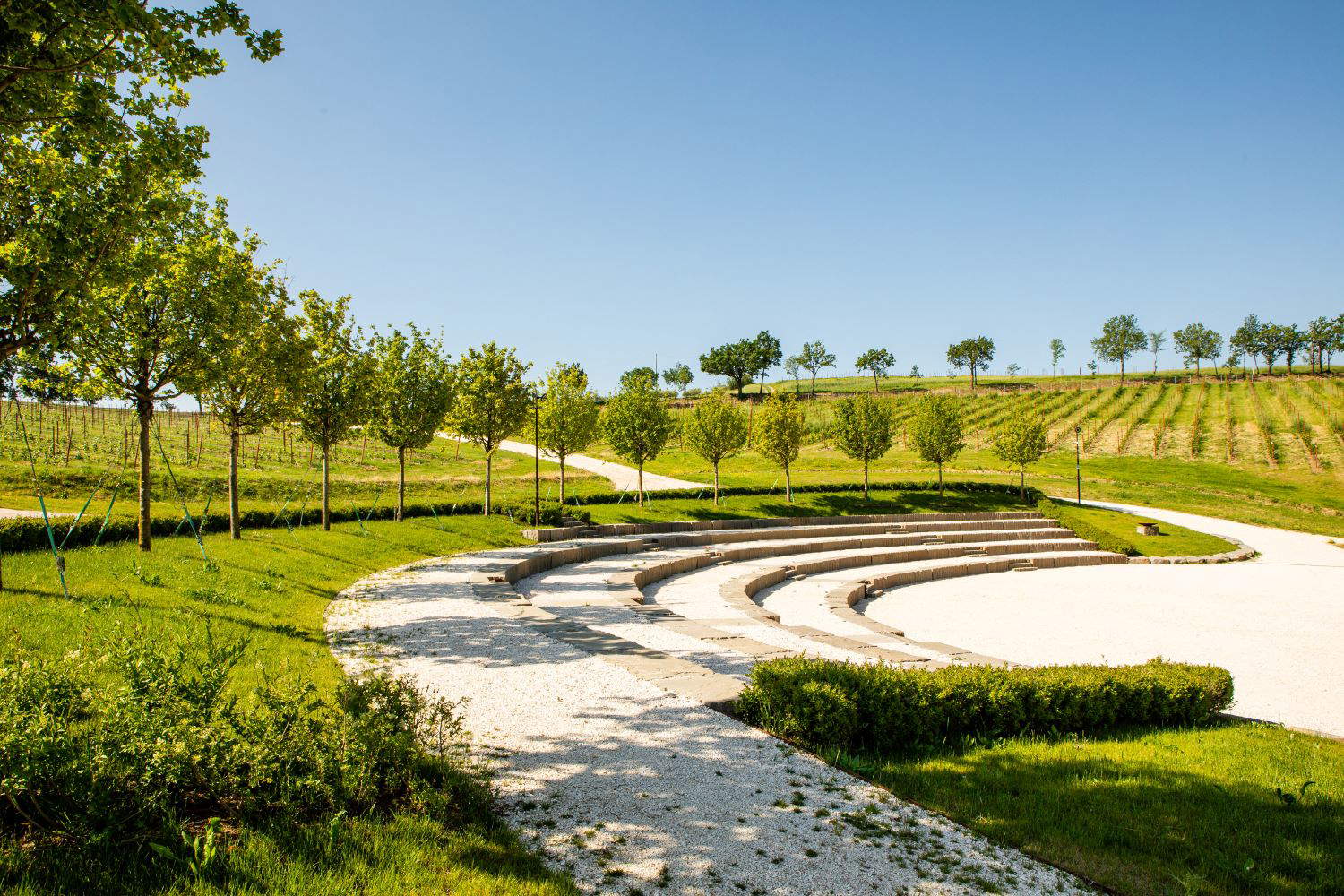
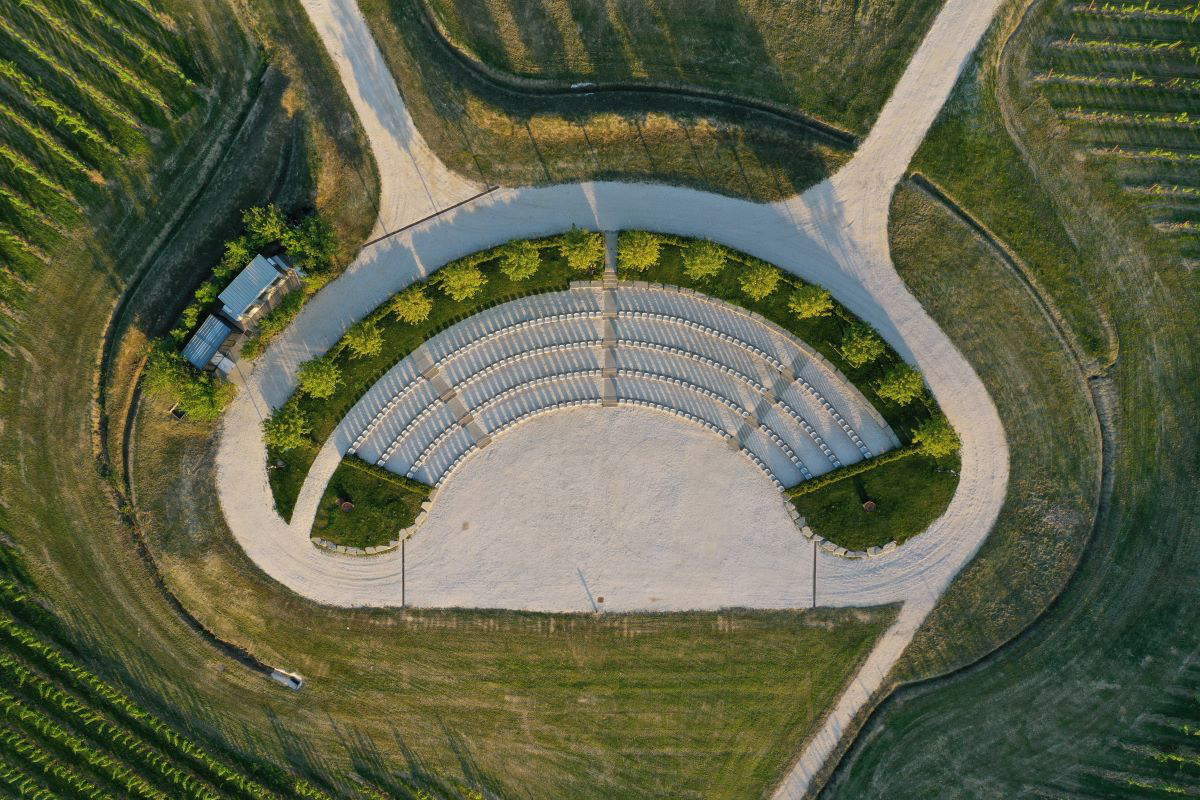
The Carlico Labyrinth was inaugurated in July 2015, on the occasion of Palace of Varignana’s entry into the Grandi Giardini Italiani network (the opening of the maze was also attended by then-president Judith Wade). In the same year, theAmphitheater on the Lake, the most recent piece of Carlo Gherardi’s operation, was being designed, again by Sandro Ricci: an abandoned area of the estate was transformed into an event venue with the structure similar to that of Roman theaters, then semicircular, with five tiers of local sandstone steps suitable for seating more than 250 spectators. Each summer, the Amphitheater on the Lake thus comes alive with a lively concert season.
The garden, and with it the labyrinth, is not the prerogative of the accommodation’s guests: it can be visited, for a fee, if at least two people go. A series of offerings then extends the experience by including, tastings of wines and oils produced by the Palace of Varignana farm, which opened in 2015, or a lunch and visit to the winery at the facility’s restaurant. With the ticket, it is also possible to visit the Palace of Varignana’s art collection (featuring works by Igor Mitoraj, Quinto Ghermandi and others) and see the Claternate mosaic, a Roman work from the second half of the first century B.C., unearthed in 1898 and from a domus in the ancient Roman city of Claterna, located on the Via Emilia between Bologna and Imola. That is, if you can find your way out of the labyrinth!
 |
| The Carlic Labyrinth, a maze in the orchard among the hills of Bologna |
Warning: the translation into English of the original Italian article was created using automatic tools. We undertake to review all articles, but we do not guarantee the total absence of inaccuracies in the translation due to the program. You can find the original by clicking on the ITA button. If you find any mistake,please contact us.